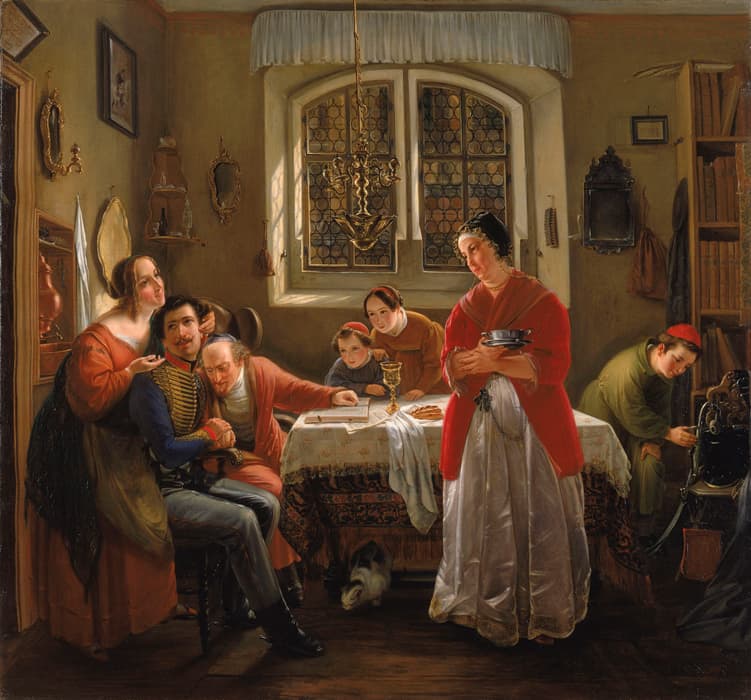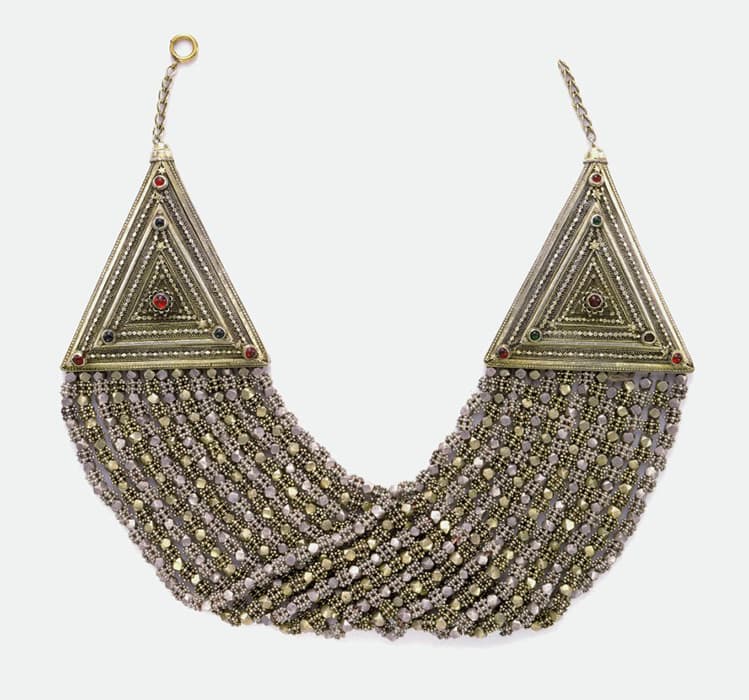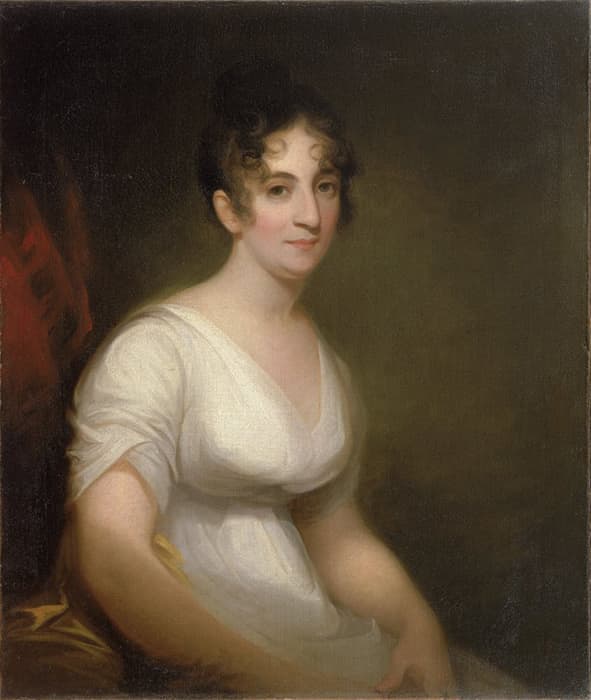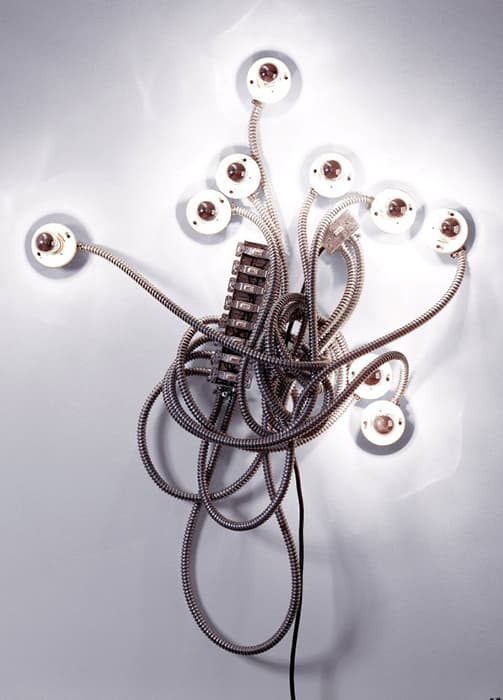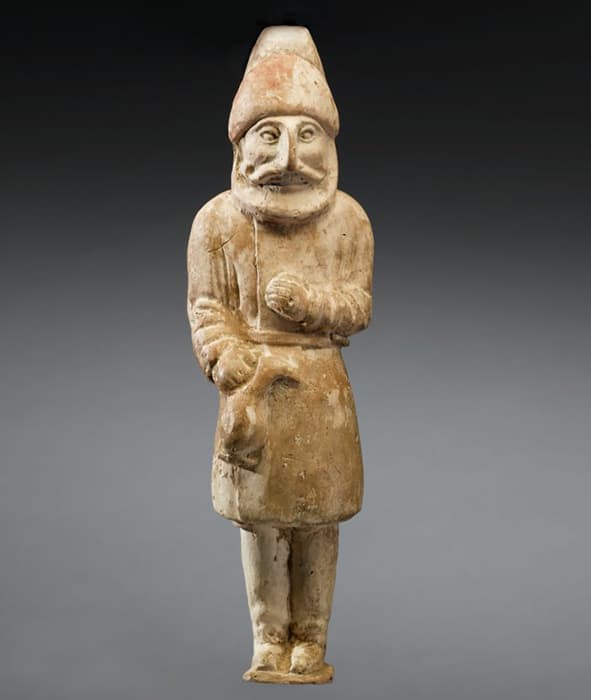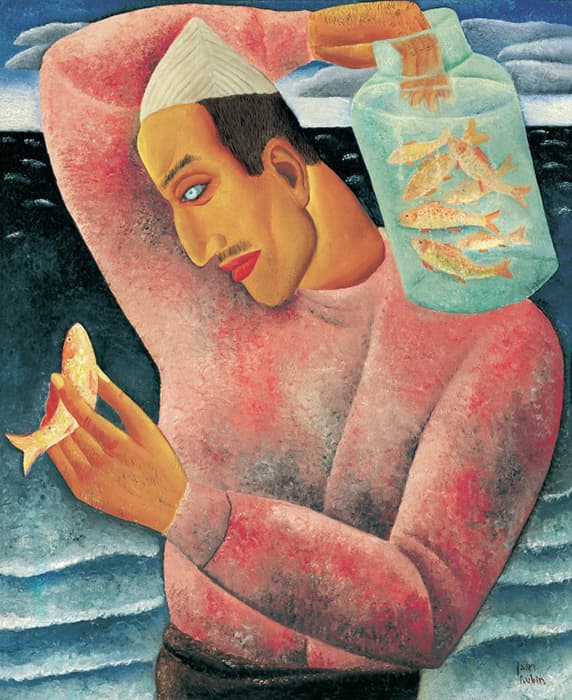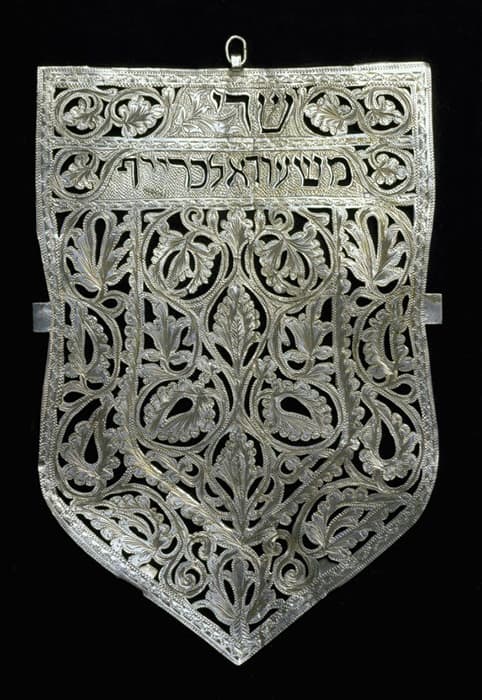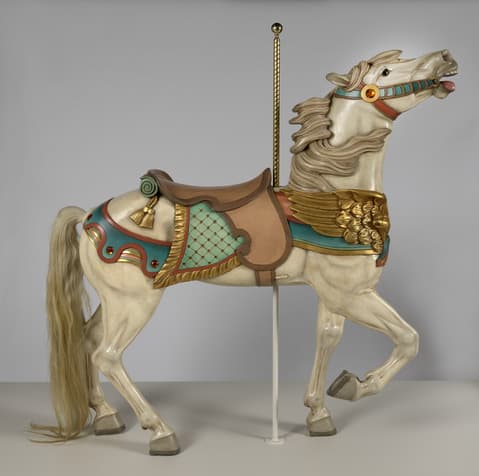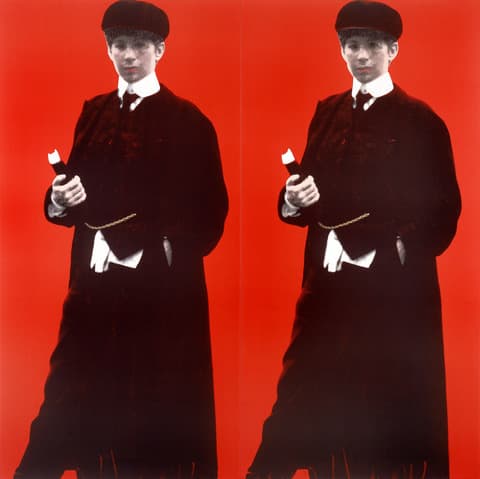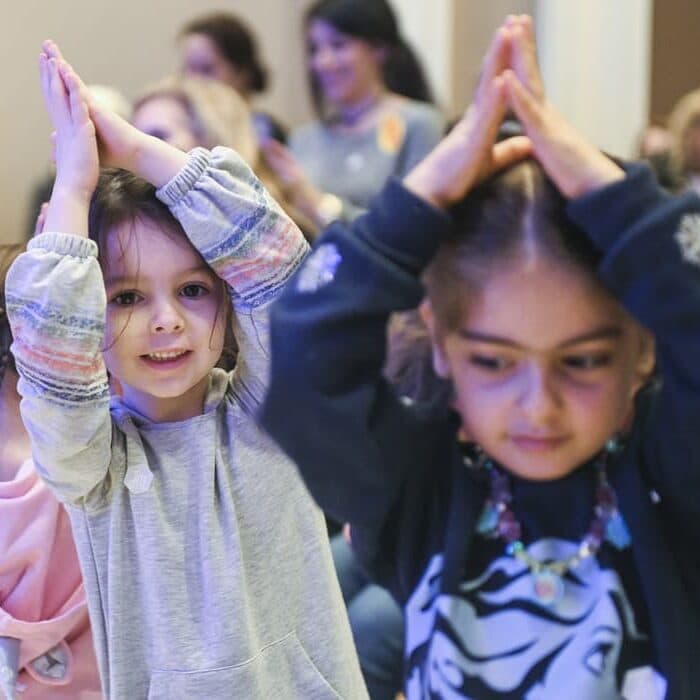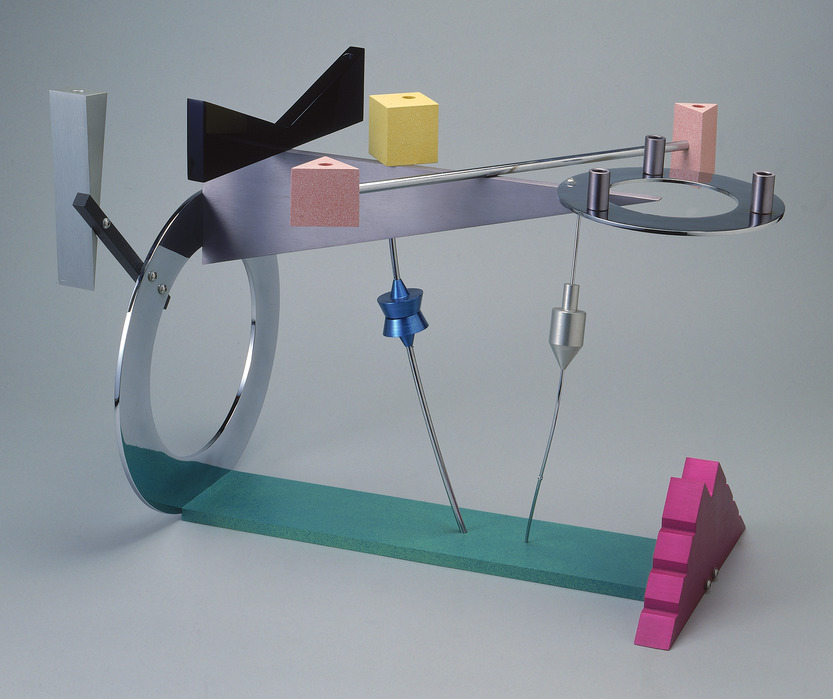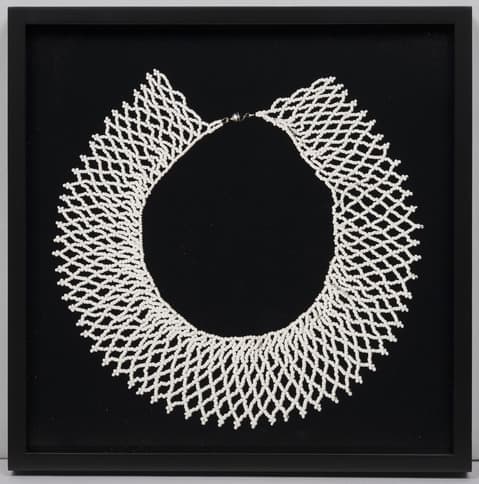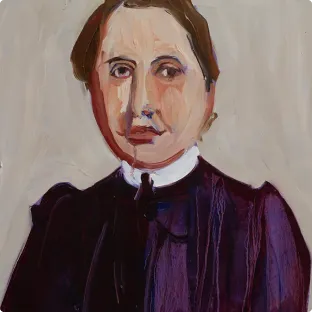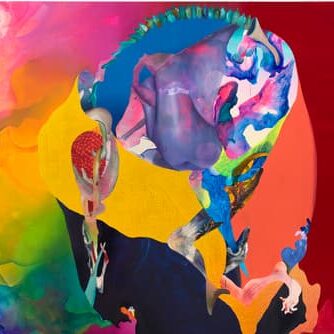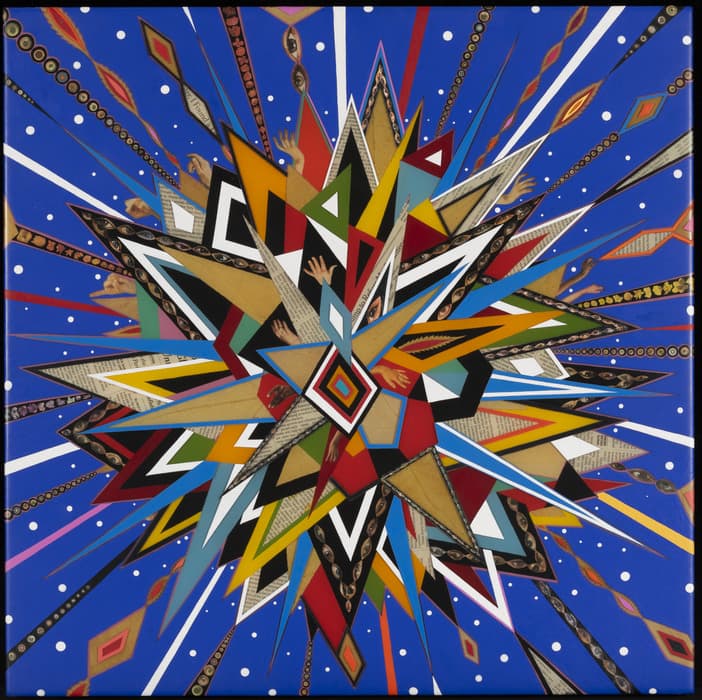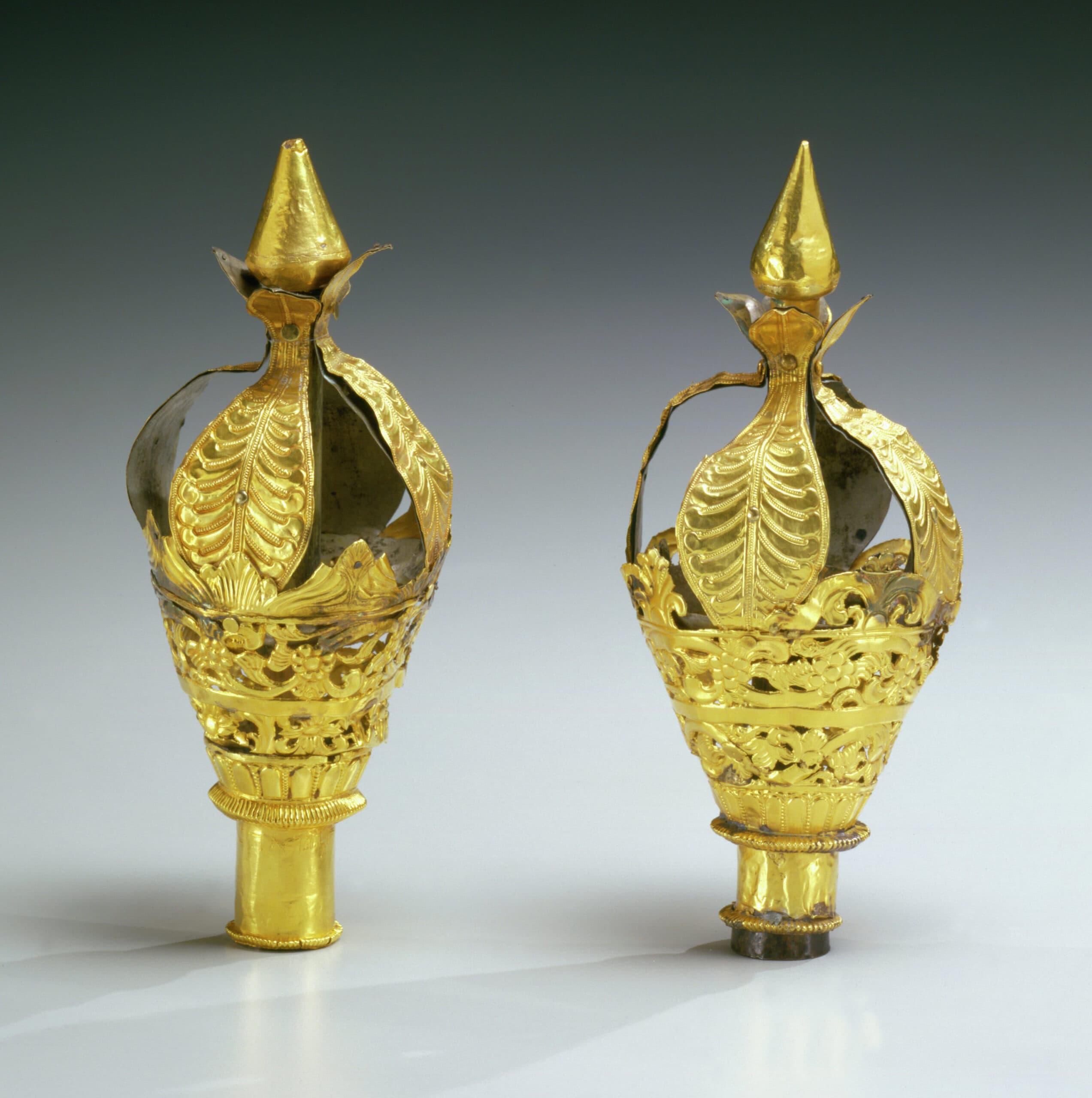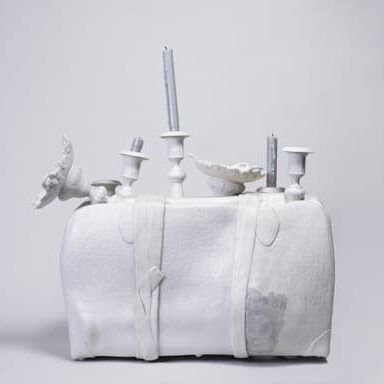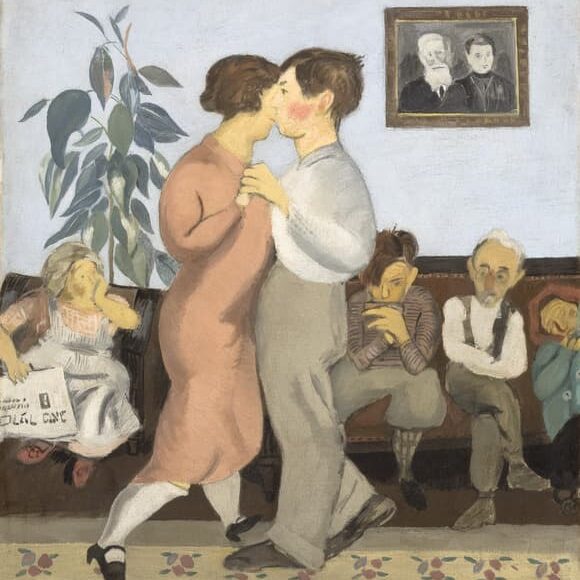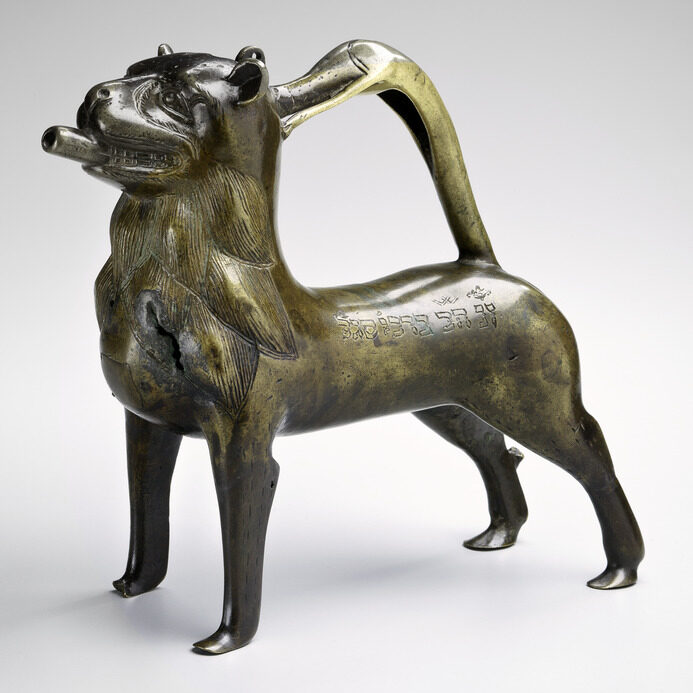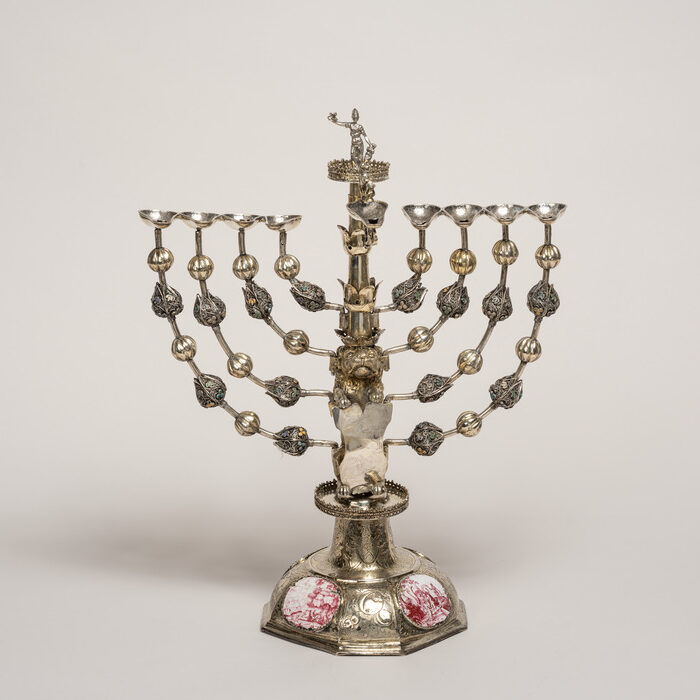Culture and Continuity: The Jewish Journey
The acclaimed permanent exhibition tells the unfolding story of Jewish culture and identity through works of art, archaeology, ceremonial objects, photographs, video and interactive media.
At the heart of the Jewish Museum is its permanent exhibition, Culture and Continuity: The Jewish Journey, representing one of the world’s great opportunities to explore Jewish culture and history through art. This vibrant two-floor exhibition features works from the Museum’s remarkably diverse collection of art, archaeology, ceremonial objects, video, photographs and interactive media. It examines the Jewish experience as it has evolved from antiquity to the present, over 4,000 years, and asks two vital questions: How has Judaism been able to thrive for thousands of years across the globe, often in difficult and even tragic circumstances? What constitutes the essence of Jewish identity?
The exhibition traces the dynamic interaction among three catalysts that have shaped the Jewish experience: the constant questioning and reinterpretation of Jewish traditions, the interaction of Jews and Judaism with other cultures, and the impact of historical events that have transformed Jewish life. Culture and Continuity: The Jewish Journey proposes that Jews have been able to sustain their identity, despite wide dispersion and sometimes tragic circumstances, by evolving a culture that can adapt to life in many countries and under various conditions. Survival as a people has depended upon both the continuity of Jewish ideas and values and the flexibility to adapt to changing circumstances.
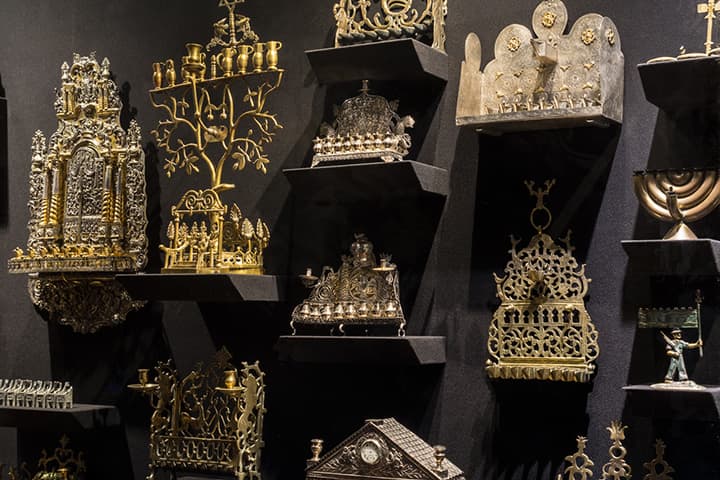
Installation view of the permanent exhibition Culture and Continuity: The Jewish Journey. © The Jewish Museum, New York. Photo: David Heald.
Exhibition highlights
Audio
The audio guide is made possible by Bloomberg Philanthropies.
Culture and Continuity Kids Tour
